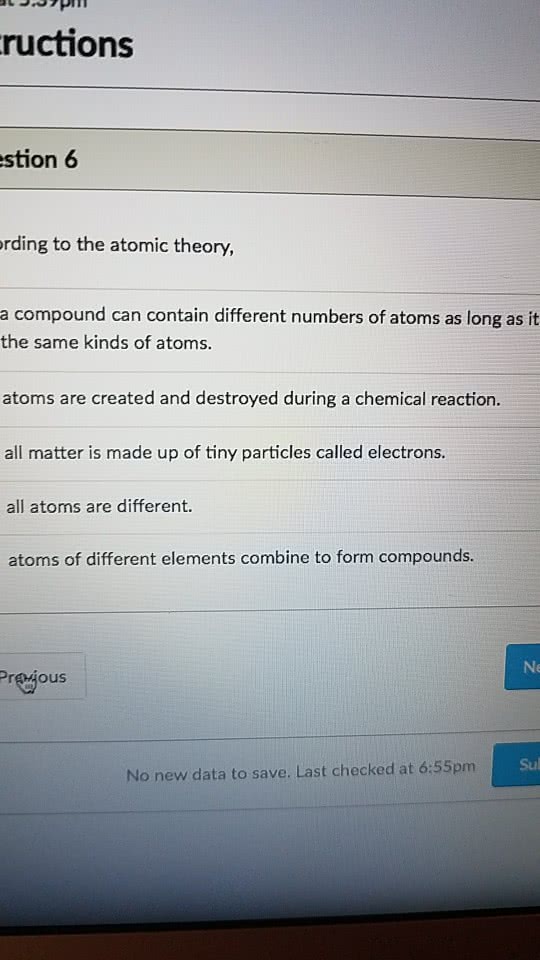CAS CH 102 Lecture Notes - Lecture 39: Robert Andrews Millikan, Fluorescence, Henri Becquerel
Document Summary
Atoms, molecules, and ions: the atomic theory of matter. Democritus and other early greek philosophers described the material world as made up of tiny indivisible particles called atomos . Law of constant composition: in a given compound, the relative numbers and kinds of atoms are constant. Law of multiple proportions: if two elements a and b combine to form more than one compound, the masses of b that can combine with a given mass of a are in the ratio of small whole numbers. Subatomic particles- particles such as protons, neutrons, and electrons that are smaller than an atom. Particles with the same charge repel one another, whereas particles with unlike charges attract one another: cathode rays and electrons. Scientists study electrical discharge through a glass tube pumped almost empty of air. Cathode rays- the radiation that was produced b/w the electrodes when a high voltage was applied to the electrodes in the tube.



